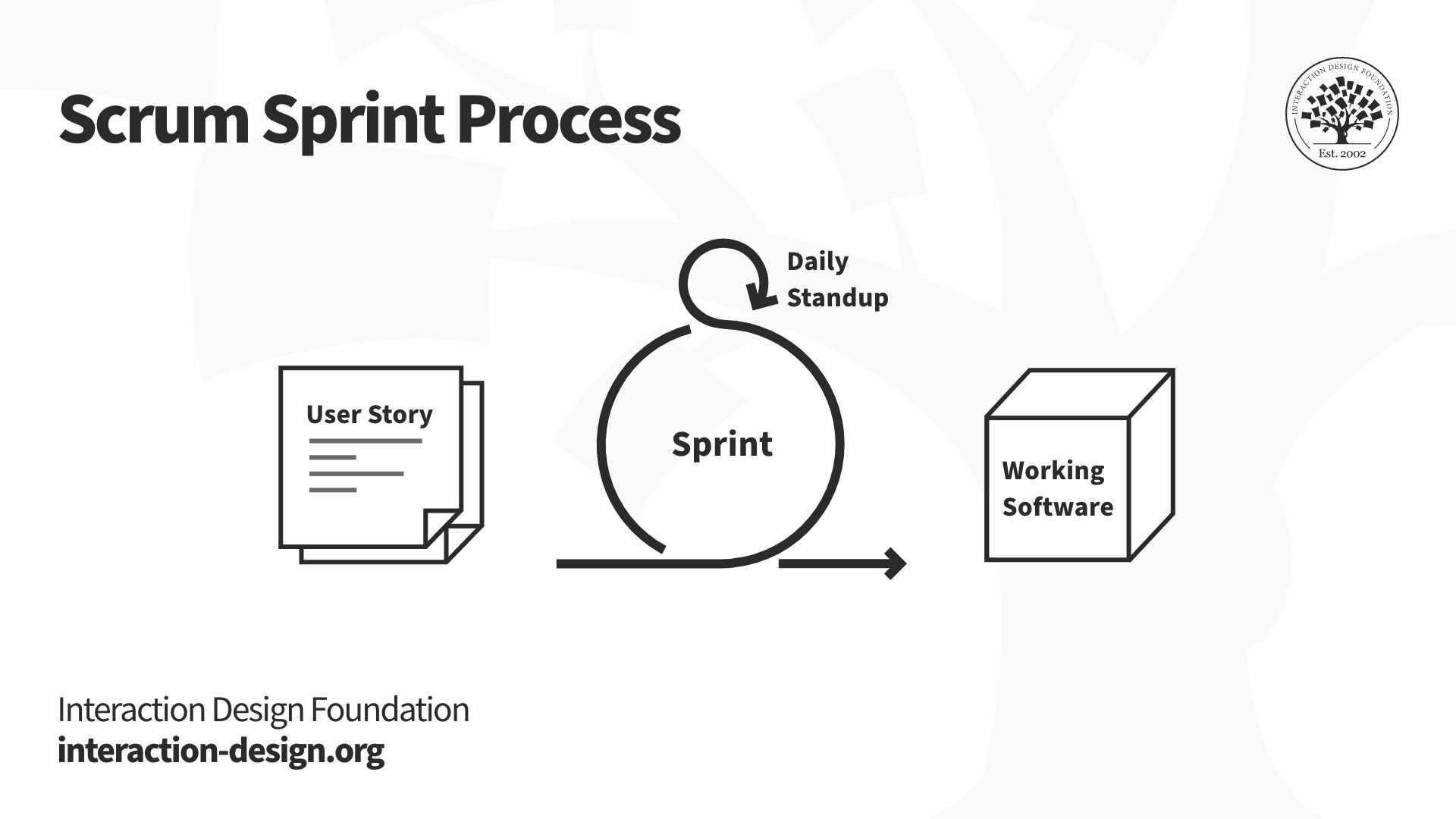Developing a Continuous Discovery Process in Your Organization
Continuous discovery is an approach to user research used in agile teams where research is conducted as small, frequent activities throughout the product development lifecycle. This infuses customer feedback into all product decisions instead of focusing on one-time research activity at the beginning of a project.
Product discovery coach and author of Continuous Discovery Habits: Discover Products that Create Customer Value and Business Value, Teresa Torres explains in this video:
Product discovery refers to research that aims to identify what a product team should build—the solution, features and improvements—based on the customer's needs. Continuous discovery refers to a sustained practice of product discovery to inform product development decisions continuously.
Project-Based Discovery vs. Continuous Discovery
In many software development processes, teams work linearly in clearly demarcated stages. As the team completes one stage, it hands the deliverables to the next stage.
The most common stages are requirements gathering, design, development, testing, deployment and maintenance. In most teams that implement waterfall, work flows in one direction. If the team decides to make any changes in the earlier stages, every activity "downstream" is affected—hence the term "waterfall." Typically, teams that follow waterfall invest heavily in discovery at the beginning of the project while gathering requirements.
In the early 2000s, when teams began adopting Agile, they recognized that the "big-design upfront" approach was not going to work and made continuous efforts to distribute the requirements discovery process across iterations.

Agile methods are iterative. Most agile teams work in short sprints—usually 2 to 4 weeks—at the end of which they ship working software. The team reviews customer feedback and plans improvements in future sprints. © Interaction Design Foundation, CC BY-NC-SA 3.0
In the agile framework, teams focus on shipping working software as soon as possible and iterating based on customer feedback. Since most teams work in short bursts (called sprints), teams often have little time for the big upfront research that project-based teams typically conduct. For this reason, several agile teams pressurize researchers to complete all research in unrealistic time frames, or worse, skip research entirely.
Continuous discovery helps agile teams reap the benefits of research without compromising on speed and quality of research and, at the same time, not burdening researchers.
Continuous Discovery Methods
Continuous discovery essentially requires a mindset shift. Teams can adapt most research methods to conduct research continuously. For example, a team can conduct interviews, contextual inquiries, prototype tests, etc., with a few customers every week. Continuous discovery is most effective when:
-
The team defines and strictly adheres to the schedule of the research activities. For example, if a team commits to interviewing four customers every Friday, the team must follow it on a regular basis without pausing the schedule.
-
Team members collaborate on the research activities. When teams delegate research to a single person or the same group of researchers, researchers may find it difficult to "sell" research insights. For example, team members could question the research findings or the methodology. But if engineers, business stakeholders and designers actively participate in the research activities, they will be more likely to trust the research insights. Since they will have first-hand experience interacting with the customers, each member can then combine this customer knowledge with their domain expertise to contribute towards product decisions. Everyone in the team need not participate in every research session. Instead, representatives of each role can take turns participating in sessions so that everyone benefits while their own work does not suffer.
Learn More about Continuous Discovery
For more on how to implement continuous discovery and other practical insights on working on agile teams, take the course, Agile Methods in UX Design:
https://www.interaction-design.org/courses/agile-methods-for-ux-design
If you're short on time for an entire course, take this hour-long Master Class by Teresa Torres, in which she explains how to use the opportunity solution tree:
https://www.interaction-design.org/master-classes/continuous-product-discovery-the-what-and-why
Continuous discovery is not just an adaptation of research for agile but a fundamental shift in mindset. Here are three mindsets that you need to approach continuous discovery and get the desired outcomes:
https://www.producttalk.org/2018/10/continuous-discovery-mindsets/
Read Marty Cagan's views on continuous discovery and other agile concepts here:
https://svpg.com/continuous-discovery/
Desirée Sy's article in the Journal of Usability Studies explains how the team at Autodesk incorporated user research into their agile processes in the early days of Agile:
https://uxpajournal.org/adapting-usability-investigations-for-agile-user-centered-design/
Source: https://www.interaction-design.org/literature/topics/continuous-discovery
0 Response to "Developing a Continuous Discovery Process in Your Organization"
إرسال تعليق